Nighttime Surprise in India. Can You See the International Space Station Ripping Through the Indian Sky Before it’s Gone?
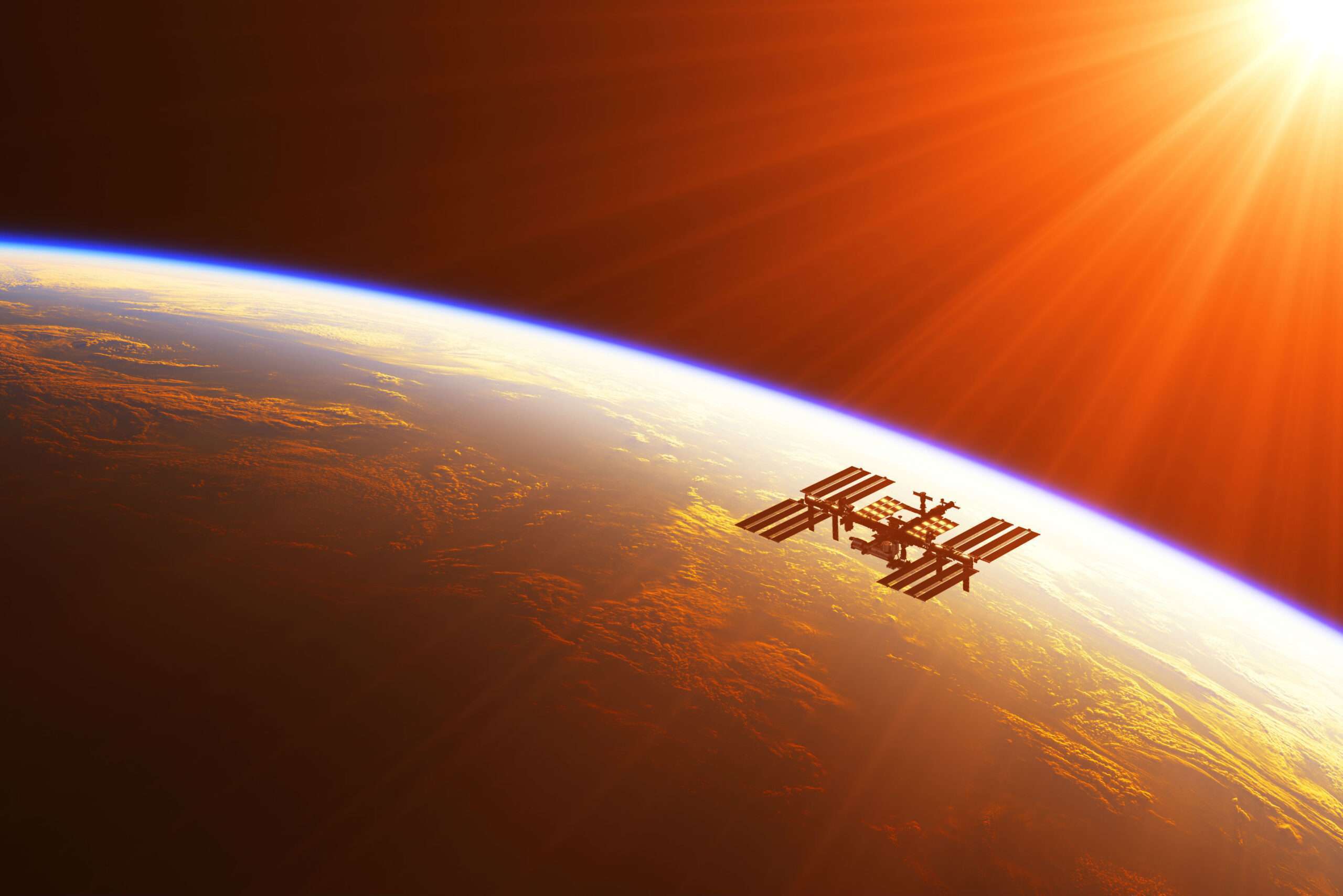
India’s Unique Opportunity to witness the International Space Station. Monsoon Season or Space Season? A Guide to Spotting the ISS in India
We talk about the International Space Station (ISS), a masterpiece of the human intellect, as it flashes across our sky at up to 17,500 miles per hour. Did you know this station, which is the largest human-made object in space, could be sighted with many telescopes that are readily available to anyone today?
This seemingly impossible feat raises many questions: In what circumstances and time can this beautiful cosmic scene be seen? What credibility or trustworthiness do consumers perceive? Space will be a massive component of our lives. Though we have taken to exploring the outer reaches of our world, space travel has become increasingly accessible and more affordable, and it will prevail to factor more into our lives. Thus the question arises: what does this tell us about the future of space exploration?
When can you spot the International Space Station in your city ?
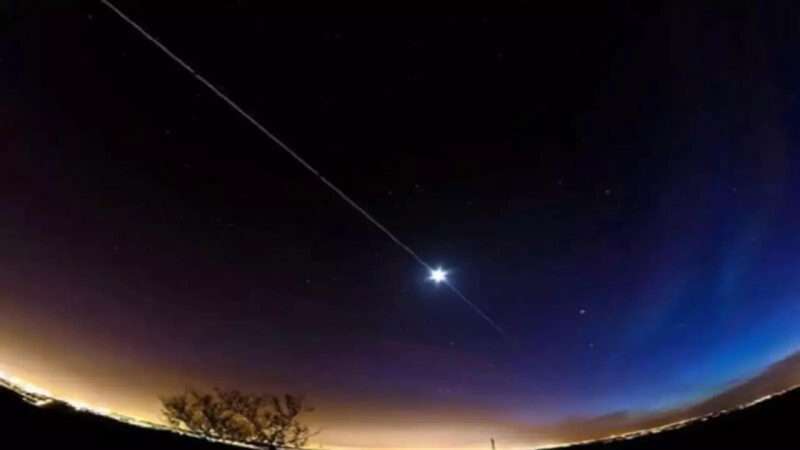
The ISS is no longer a smooth movement in space. Instead, it is visible to any observer with minimal effort. Sun’s sight at any given time is going to be a result of a delicate balancing act between sunshine, the rotation of the Earth, and your place of observation. In contrast to the Lunar surface, which has enough light reflected to be seen throughout the night, the ISS is visible only during twilight, which is the brief period between sunset and sunrise and vice versa.
Here’s where the “when” comes in: NASA, through its “Spot the Station” website https://spotthestation.nasa.gov/, provides real-time tracking data. This capability gives a high level of specificity to make clear where when the ISS will shine above your area in the night sky.
Pro tip: Don’t miss the next viewing opportunity, as it would be in the west within minutes after sunset or in the east before sunrise.
So, how on earth, with an enormous momentum of 17,500 miles per second, is this body still visible to the naked eye?
How the International Space Station Becomes Visible?
Yet how on earth can this enormous entity, moving through the endless darkness of space, appear as visible? The answer to this is the simple principle of physics – ‘Reflection.’ In contrast to celestial bodies like stars or planets that naturally radiate their light, the ISS acts, in fact, as a giant mirror and reflects the sunlight toward Earth.
And so, just like the sun, the ISS catches sunlight while it revolves around Earth. This reflection is primarily noticeable during the twilight when the sun dips below the horizon for your location, but the spacecraft is still in the sunlight. Its size and the reflective solar panels standing out in the night sky that are a part of the space station’s structure are the factors that make it look like a bright moving dot.
This light reflection, like the way we see the Moon, allows it to look like a quick-moving, bright dot dashing across the evening sky. Nevertheless, it is not always visible. These factors of location and weather conditions, as well as pollution caused by light, share a particular importance since they may improve the view.
Why the Equator Offers the Best Views?
The International Space Station (ISS) orbits the planet at an angle of 51. 6 degrees of latitude while being at a point closer to the equator. This means for those residing above 51.6 degrees north or south, the ISS will never be directly overhead, drastically reducing its visibility. So, the closer you are to the equator, the more frequent and prominent your ISS sightings will be. Therefore, the closer to the equator, the greater and more numerous your chances of seeing the ISS.
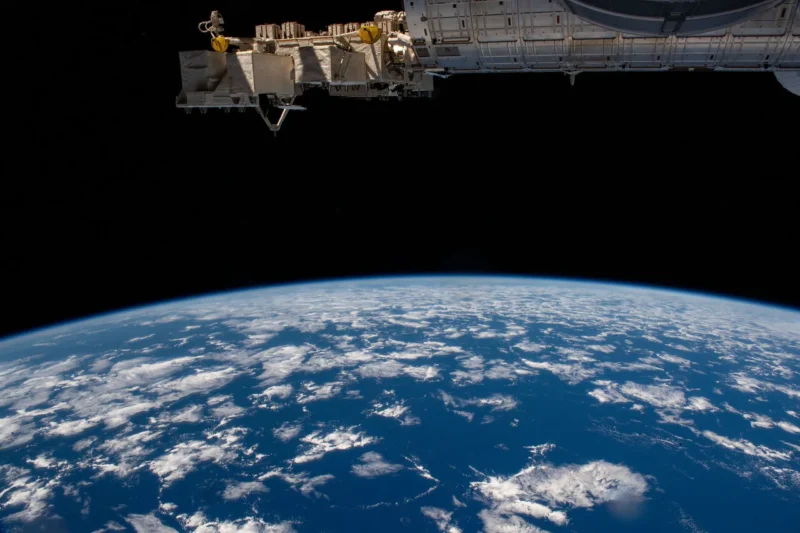
In addition, the exact moment of your observation must be concurrent with your station’s specific location in its orbit. Your location must be dark enough to see the reflection clearly, and the International Space Station must be illuminated by the sun.
Thus, you have figured out when to watch the ISS with your naked eyes. What does all the space contain to us? Just don’t imagine sparkles and a perfect full-size spacecraft. The ISS is a rapidly moving, shining white trace, which could be compared to an airplane without blinking lights. It often appears brighter than the plane while remaining white. The exact period of its visibility strongly depends on one’s viewing angle and can vary from seconds to several minutes.
Light Pollution
skylines, with their constant blinking for many, represent a significant difficulty in watching the ISS. The more powerful the artificial light, the less noticeable the slow dawning of ISS flickers. Sometimes, the ISS can be seen with the naked eye, however, there are obstacles (weather conditions, clouds, or lack of light) that could prevent your observation. In cities, where lights barely allow one to see slight reflections, this glow’s visibility is significantly impaired by light pollution.
The higher you are above sea level and the more precise the skies, the better your chances of spotting the station. Another factor is the weather, which can totally block the view in the case of cloud cover. Therefore, to get the best results, go to places with less light pollution, such as parks, rural areas, or even your backyard, if it provides a clear view of the horizon.
The Weather Factor
Even if you are in the right place at the right time, it takes very little to have your ISS-spotting plans cancelled because of cloudy skies. The ISS is frequently invisible due to thick cloud cover that reflects the sunlight into space, keeping it trapped in the clouds. Besides, the dense rain or dust storm to see it will also be a barrier. Clear skies offer you the best chance at enjoying a positively rewarding spotting session.
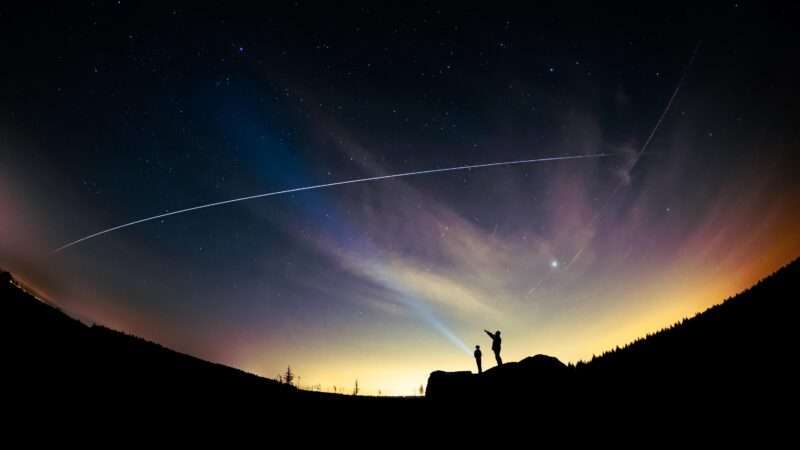
Naked-eye ISS viewings, to a great extent, promise us both an optimistic and doubtful future. On the one hand, the progress made in space tech can result in the creation of larger space stations, and thus, their visibility could increase. Additionally, if the progress continues and more resources are assigned to anti-light pollution measures in cities, the possibility of sights from the cities gets bigger.
While the demolition of the ISS in the 2030s, as planned, is a particular hurdle, it presents its specific problem. When the outstanding piece of world cooperation between different nations is disassembled from orbit and brought to the ground, we will probably not be able to see the space station with the naked eye as we are used to today.
A look into the future of Space Exploration
Whether or not the International Space Station will continue to be seen by the naked eye depends on its orbit and possibly any adjustments. With time, the station’s orbit may be ever so slightly degraded, thus bringing it closer to Earth. This might make it look more shiny but, on the other hand, would increase the risk of re-entry. Besides, future modifications or increases in the size of the station might influence its reflectivity, which would then lead to its visibility being altered.
The fact that you can spot the ISS with the naked eye is not only a surprise, but it also represents a significant milestone for humanity. It is an excellent symbol of human capability. Not only large enough to serve as a universal monument for international teamwork and cooperation, but this giant spaceship fills our path with boundless opportunities for scientific discoveries and technological breakthroughs. The process of seeing the ISS with your own eyes can spark the imagination of young learners and ignite the passion of future generations to conquer space.
Point of View
Viewing the International space station with the naked eye may leave you spellbound. It’s a genuine connection to Earth as it shows that not only we, as humans, but our species has left a footprint beyond our world, proof of our collective brainpower. Seeing this once in a lifetime event with your own eyes can generate a sense of awe and ignite your thirst for knowledge about the immensity of space.
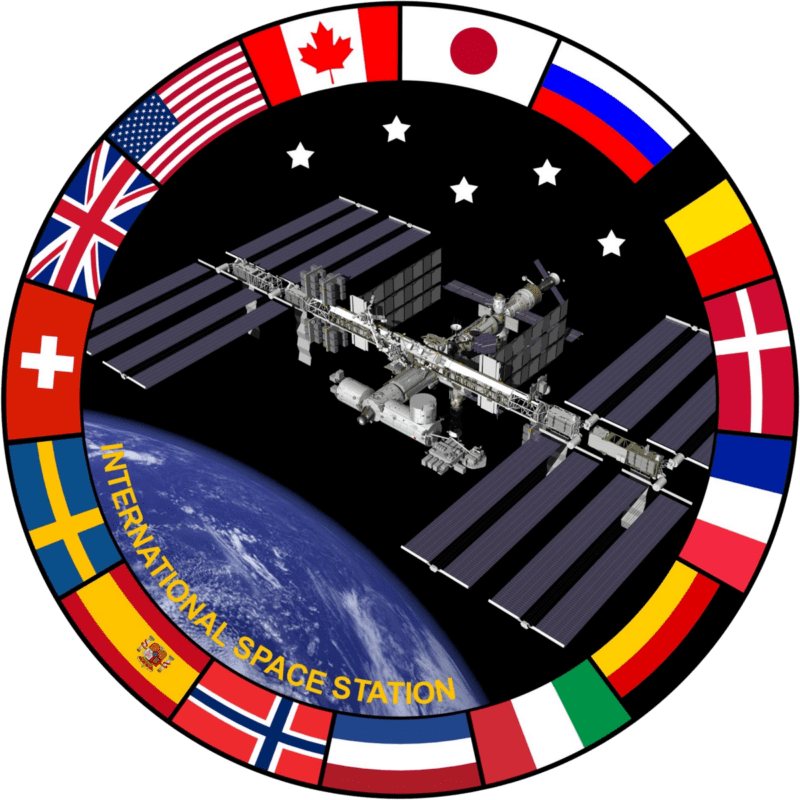
While the ISS’s future visibility remains uncertain, one thing is clear, the human quest for discovery will never cease. The fact that we can see this technology with our own eyes gives a feeling that this is the first step forward, that any space mission from now on becomes not just a wish but a reality for all humankind.
The science behind the International Space Station visibility is well-founded, but there are different views regarding its future. Some think the resources used to keep the station operational can be used more effectively in designing new space exploration systems. Several individuals believe that, although the ISS is still an essential medium for research of scientific-related issues and international cooperation, it might no longer be required. Eventually, the ISS may stop.
We have the choice of where space exploration should proceed. Do we continue with the upkeep of a massive and old structure or utilise our assets for the next jump? Nonetheless, ordinary people experiencing the ISS with their eyes becomes a touching proof of the power of humans to break free from the bonds of planet Earth and explore the boundlessness of outer space.
Thus, the next time you look at the sky and spot some magical dot moving, do not just take the passing scene but take your time to cherish it.




